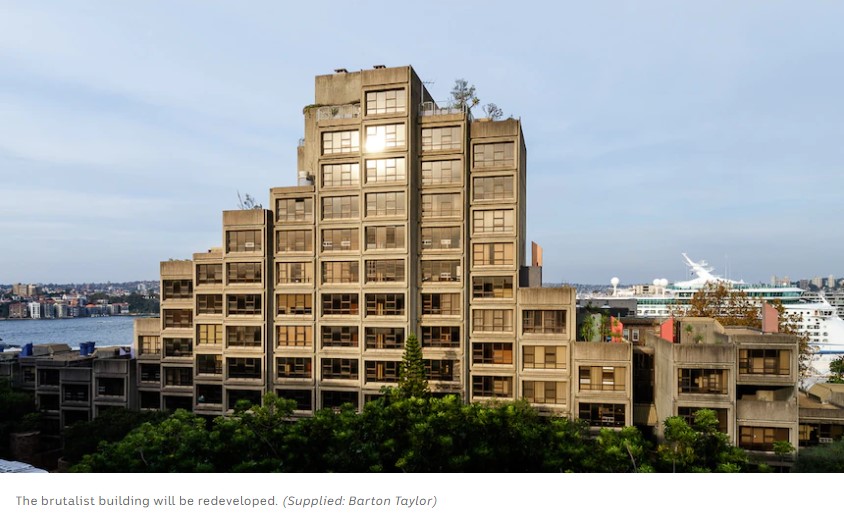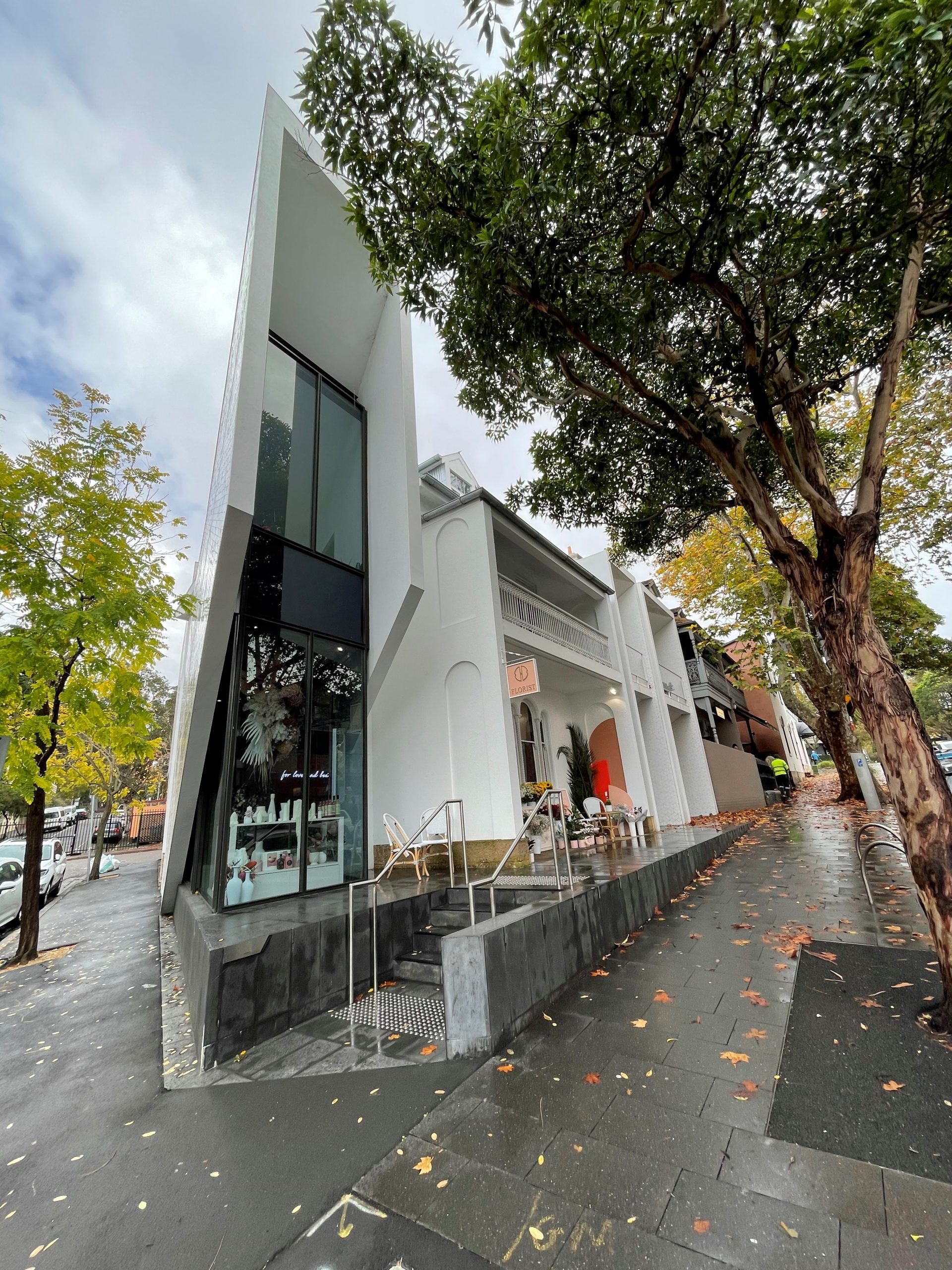Professional Associations
What is the social purpose of heritage listing? How does one properly appraise heritage values in society from both an economic and cultural vantage? How do councils control incremental change to listed buildings and places?
In the post listing episode, management of the heritage stock has become a key area of concern for planning and policy formation. Following the 2006 Productivity Commission Inquiry into Australia’s historic heritage places, it has emerged that there is a distinct lack of resources for the sector especially at local government level. In addition, heritage policies do not properly respond to the needs of private owners with respect to promoting heritage as a public good or incentivising it for developers.
 Lacking a national framework, current policies in most Australian jurisdictions and especially in NSW, are patchy, poorly conceived and riddled with subjective arbitrariness. Planning policy is insufficiently anticipatory in respect of the type and nature of incremental change to be expected of a largely redundant stock of buildings that is constantly subjected to adaptive reuse pressures.
Lacking a national framework, current policies in most Australian jurisdictions and especially in NSW, are patchy, poorly conceived and riddled with subjective arbitrariness. Planning policy is insufficiently anticipatory in respect of the type and nature of incremental change to be expected of a largely redundant stock of buildings that is constantly subjected to adaptive reuse pressures.
Further, funding available for owners of heritage buildings is minimal if not virtually non-existent.
The Productivity Commission’s 2006 report has not helped matters especially given its blatant disendorsement by governments of heritage as a public good. These are some of the problems and dilemmas in heritage planning as we move into a neoliberal form of governance.
There is a worrisome corporatisation of heritage and the ostensible shift away from a validation of its intrinsic cultural values. There is an interplay of roles by government, the community and private owners. As heritage planners, we need to conceive better, more responsive policies that can be developed for the sector through our planning frameworks.
Paul Rappoport – Heritage 21 – 28 March 2013
Related Articles
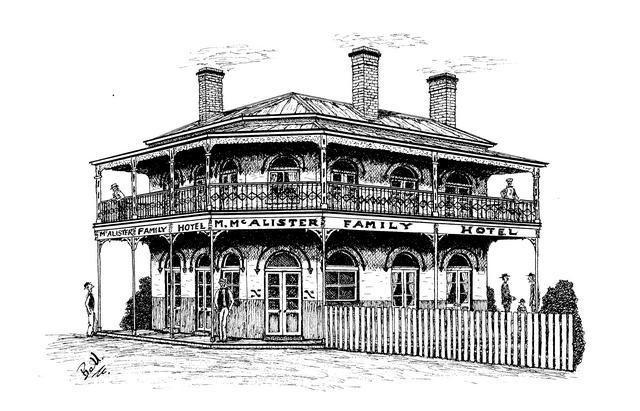
The Necessity to Prepare Heritage Lists
Heritage inventories inform authorities, scholars, and the public of essential information about heritage resources including their size, location, and significance.
Read more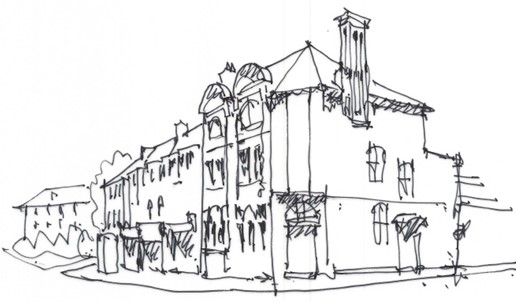
The Strength of Conservation Areas
I have always believed that a contributory item in a conservation area is stronger form of heritage listing than individual…
Read more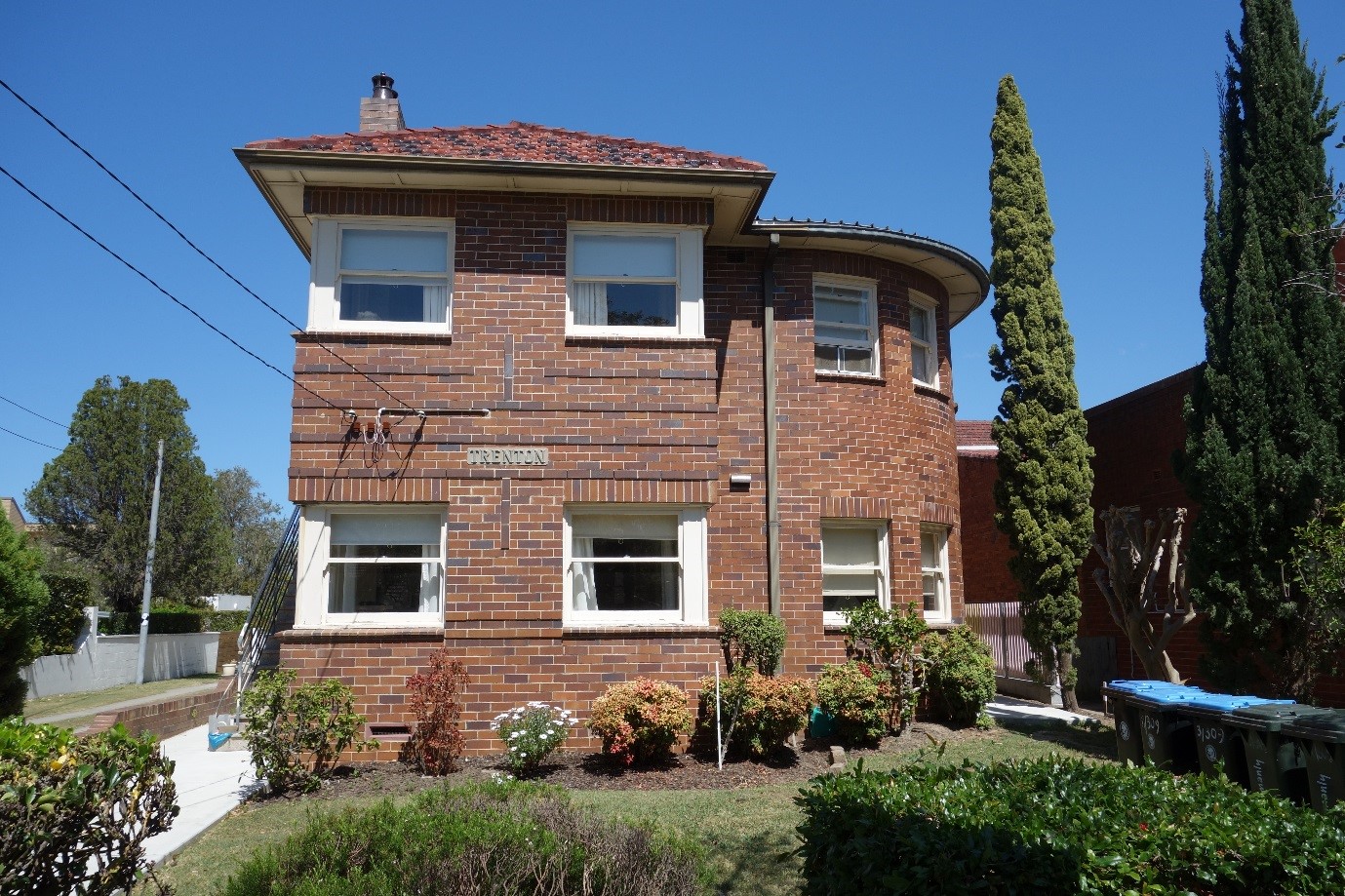
Interwar Buildings Becoming Rare
Who would ever have thought that these liver brick medium density walk-ups would eventually become heritage listed?
Read more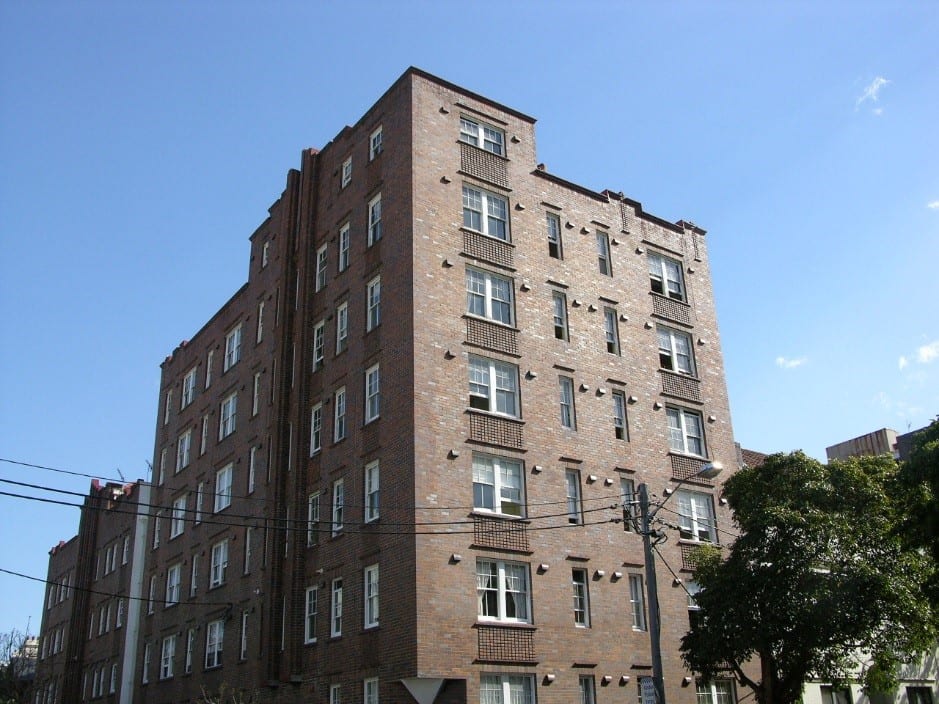
One Heritage List for all of Australia
How good would that be? One single heritage list for the entire nation - not the 30 or 40 separate…
Read more

Need help getting started?
Check out our guides.
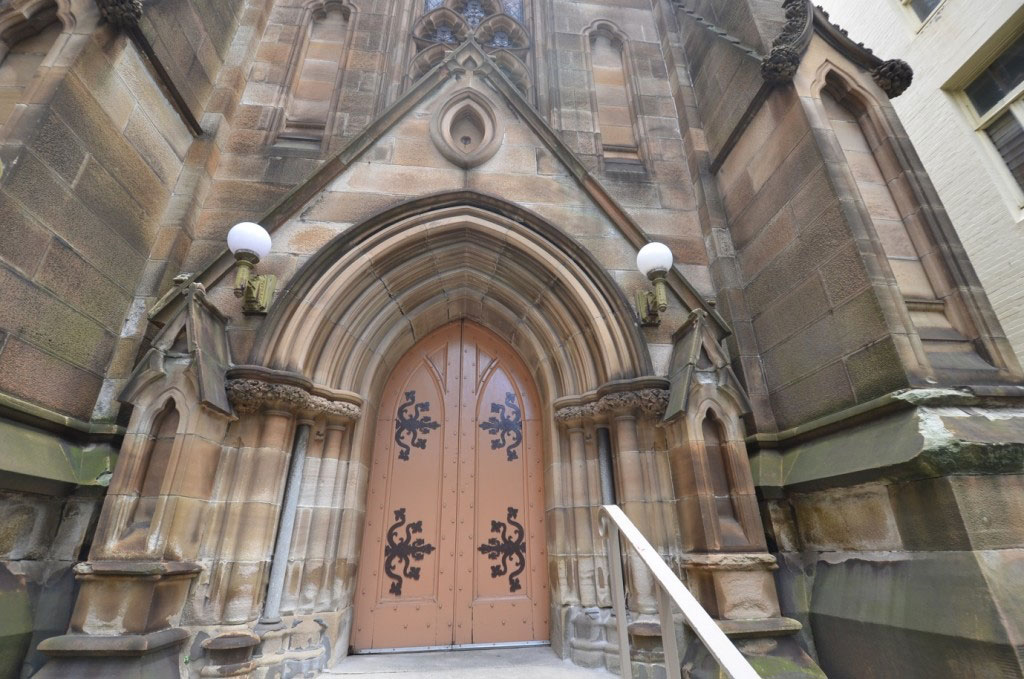
Complete the form below to contact us today.







